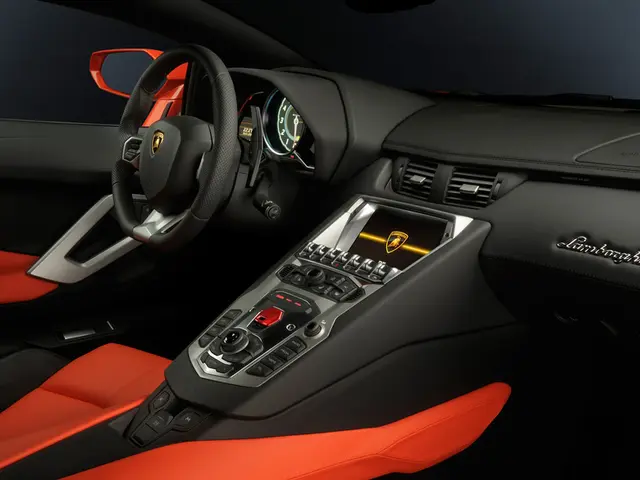Comparison Between DJI Mavic 3 Pro, Mavic 3, and Mavic 3 Classic
The DJI Mavic 3 Pro has made a significant stride in the realm of aerial photography and videography, boasting a sophisticated three-camera array that sets it apart from its predecessors, the Mavic 3 and Mavic 3 Classic.
Camera Array and Flexibility
The Mavic 3 Pro's tri-camera system is a game-changer, comprising a 4/3 CMOS Hasselblad wide camera (equivalent to 24mm), a new 1/1.3-inch CMOS medium telephoto camera at 70mm, and an upgraded 166mm telephoto camera. This versatile setup offers multiple focal lengths, enabling wide landscapes, detailed mid-range shots, and distant telephoto captures. In contrast, the Mavic 3 Classic features a single 4/3 CMOS Hasselblad camera, while the original Mavic 3 has two cameras.
Image Quality and Formats
All three cameras on the Mavic 3 Pro support RAW and JPEG formats, ensuring high-quality images across all focal lengths. The primary 4/3 CMOS camera boasts an adjustable aperture (f/2.8 to f/11) and up to 12.8 stops of dynamic range, delivering exceptional detail and tonal range, particularly useful in challenging lighting conditions.
Low-Light Performance
The Mavic 3 Pro's larger sensors and advanced camera system provide improved low-light capability compared to the Mavic 3 Classic. The addition of the 70mm medium telephoto camera with a 1/1.3-inch sensor further enhances image quality in moderate light, expanding creative options in less-than-ideal lighting environments.
Flight Time and Stability
The Mavic 3 Pro offers approximately 43 minutes of flight time, slightly less than the Mavic 3 Classic’s 46 minutes, due to the added weight and power demand of the additional cameras. The Mavic 3 supports gimbal lock for camera stabilization, whereas the Mavic 3 Classic does not.
Additional Features
The Pro model's multi-camera array allows for seamless focal length switching without the need for lens changes, significantly improving creative flexibility and workflow efficiency. The Mavic 3 Pro Cine adds professional ProRes video codecs and up to 1TB SSD storage for high-speed recording, catering to advanced users requiring cinema-grade footage.
In summary, the DJI Mavic 3 Pro's three-camera system delivers more versatile focal lengths, higher image quality, and better low-light performance than the Mavic 3 and Mavic 3 Classic, enhancing creative options for aerial photography and videography. The Mavic 3 Classic remains capable with its excellent Hasselblad camera but lacks the multi-camera versatility and some advanced stabilization features of the Pro model. Flight times are slightly shorter on the Pro due to the additional camera hardware.
All three Mavic 3 drones share similar features, including camera modes, flight modes, battery life, flight performance, video transmission, obstacle avoidance, and additional features like Night Shots, Active Track 5.0, HyperLapse, MasterShots, Waypoint flight, and cruise control. The Mavic 3 Pro's Fly More Combo is more expensive than the Mavic 3 Classic's Fly More Combo, and the Mavic 3 Pro's two telecameras make it one of the most versatile ultra-portable camera drones available, but their usefulness depends on the user's specific needs.
- The Mavic 3 Pro's three-camera array, including smartphones, sets it apart from other gadgets, offering a versatile setup for aerial photography with diverse focal lengths.
- The advances in technology, such as the addition of the 70mm medium telephoto camera, improve the Mavic 3 Pro's low-light performance compared to the Mavic 3 Classic, making it a preferred choice for users seeking better image quality in less-than-ideal lighting conditions.




